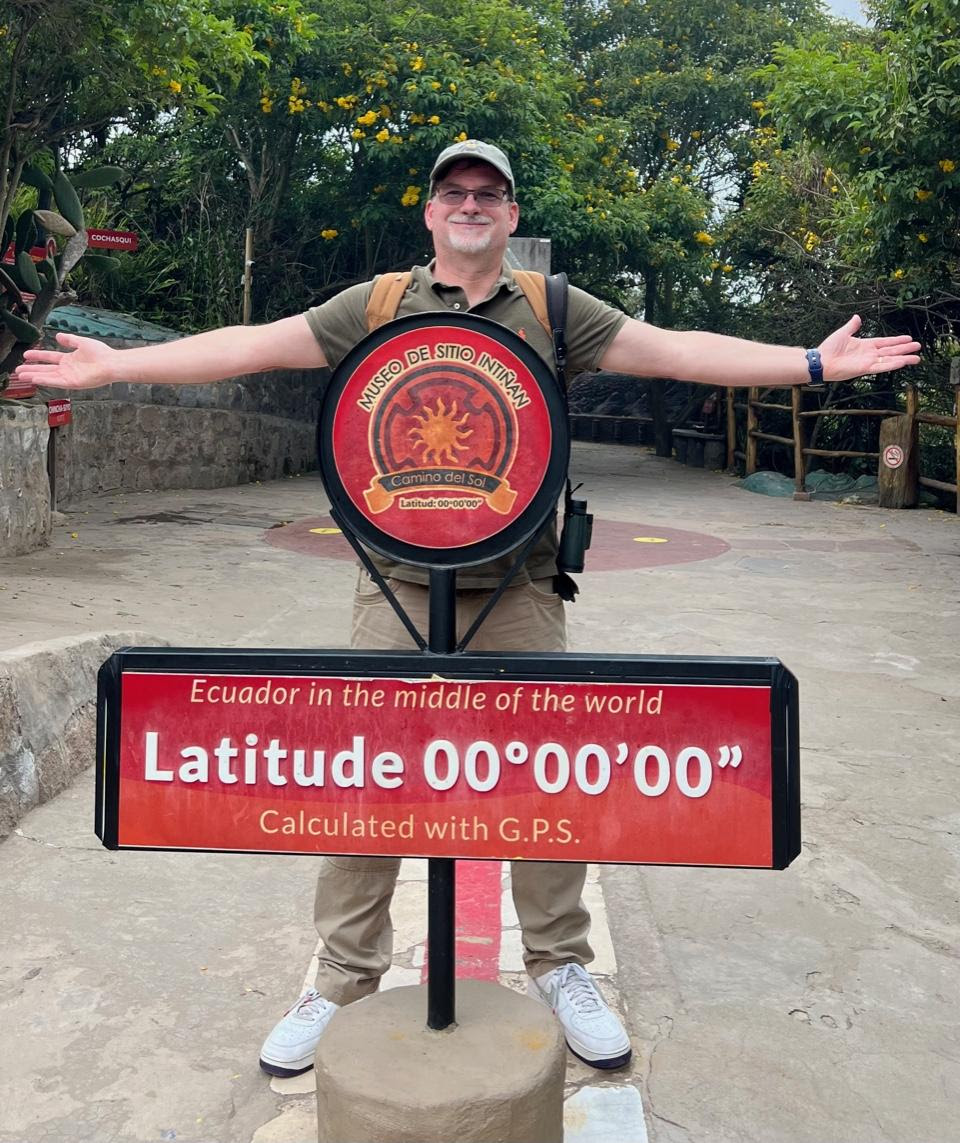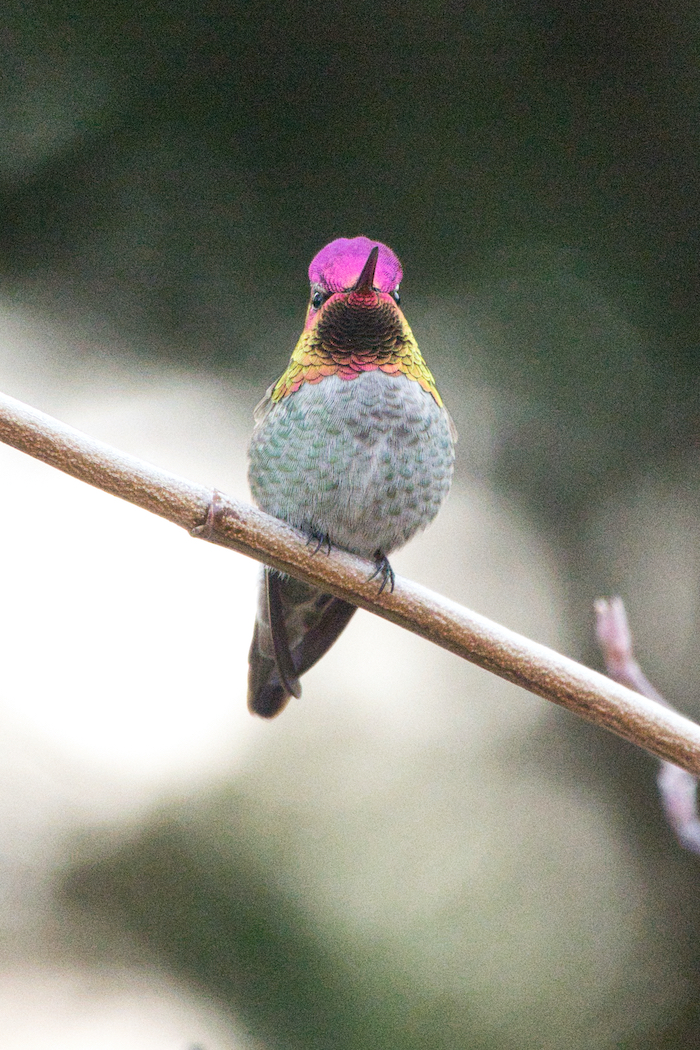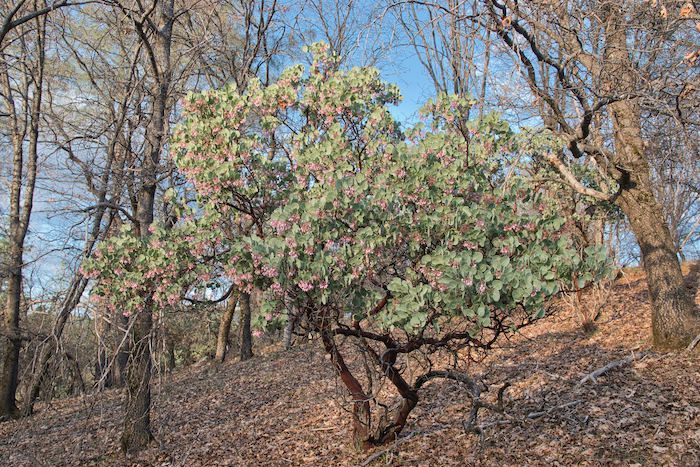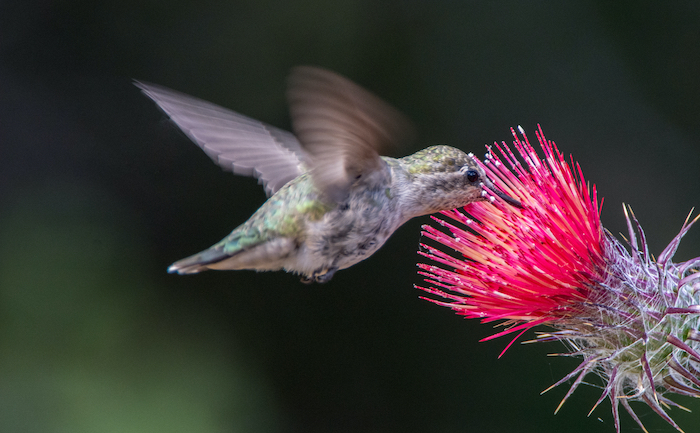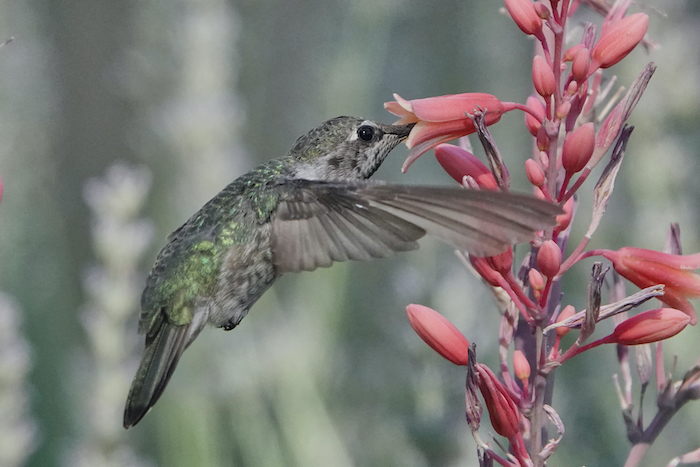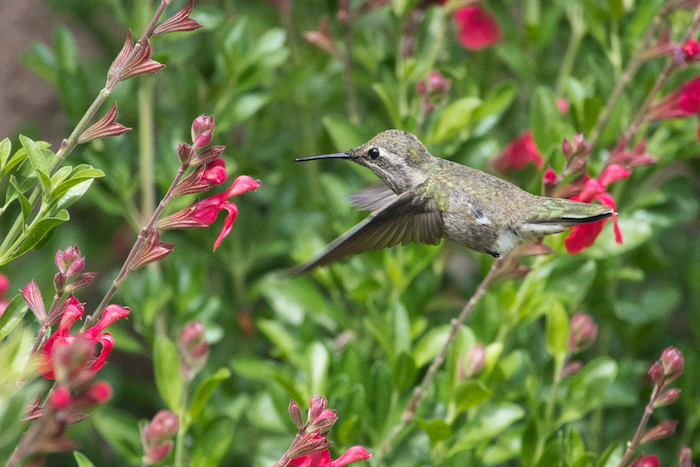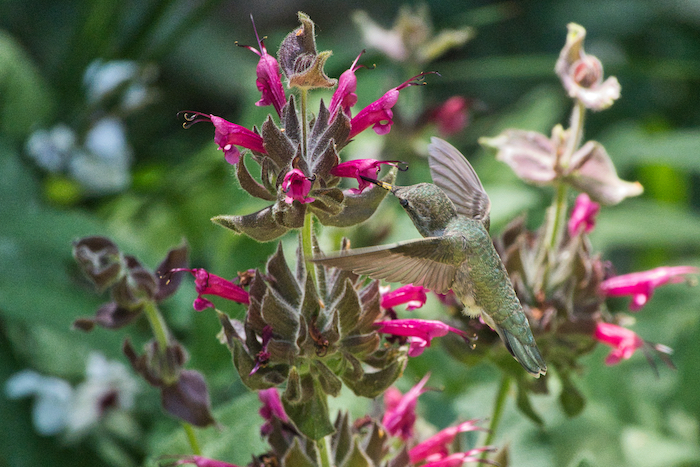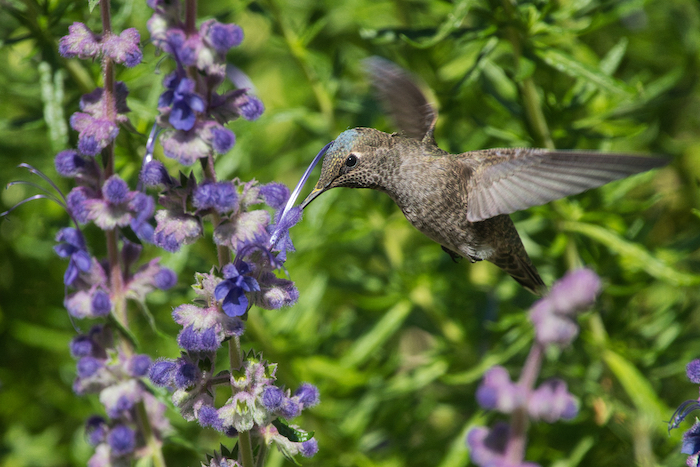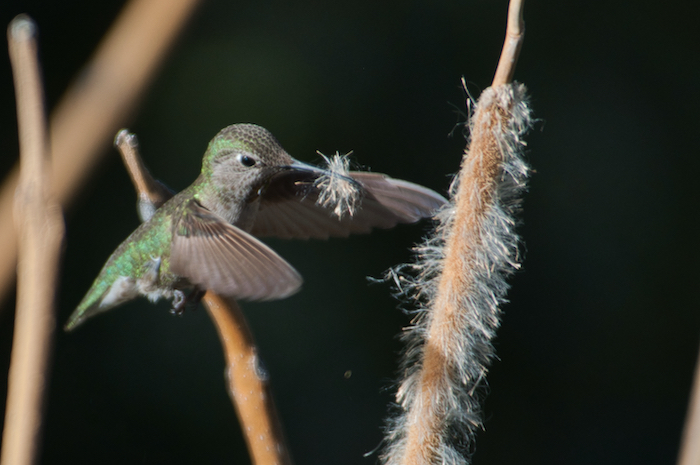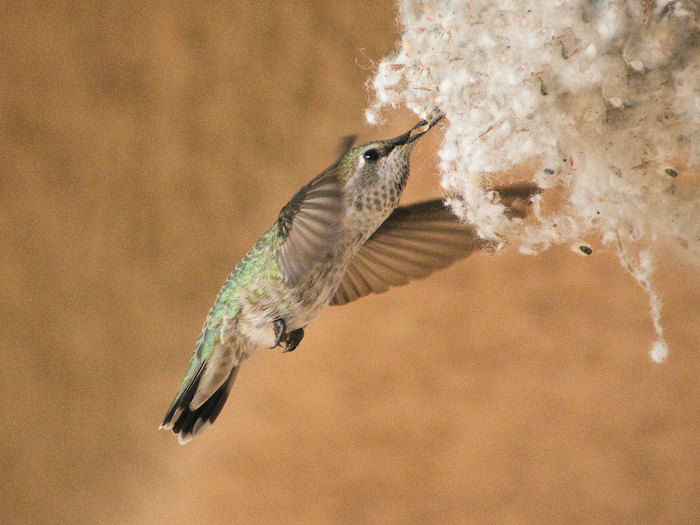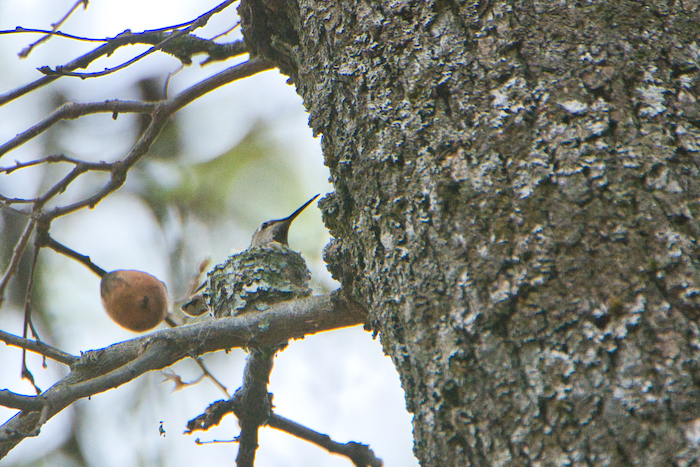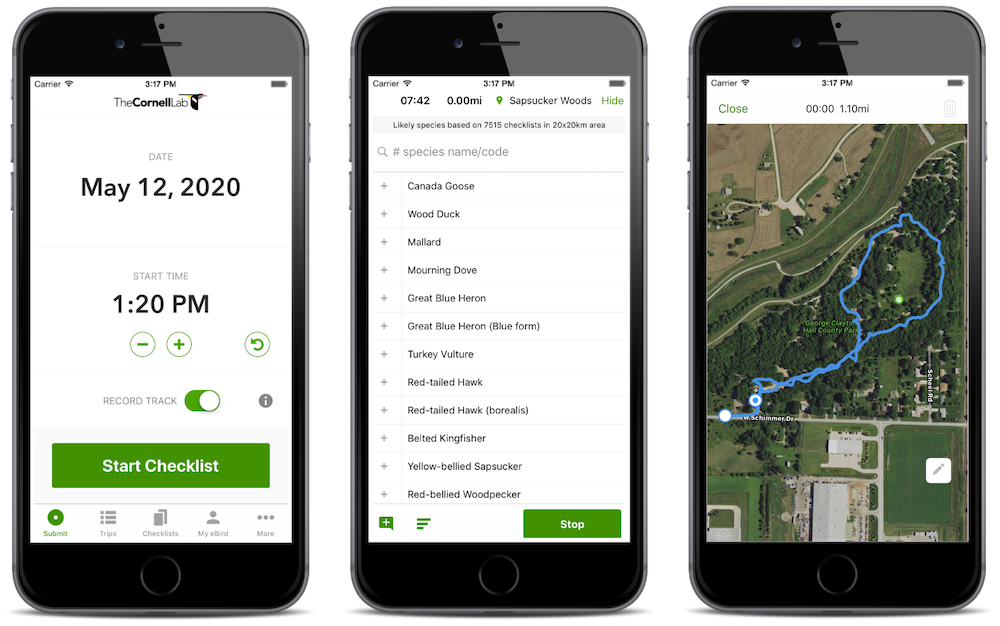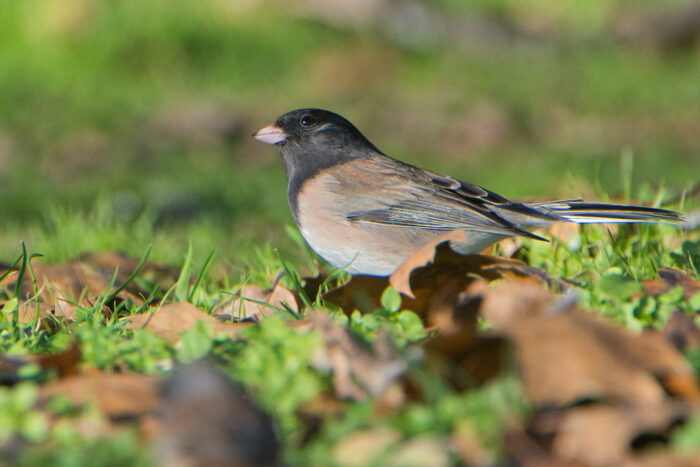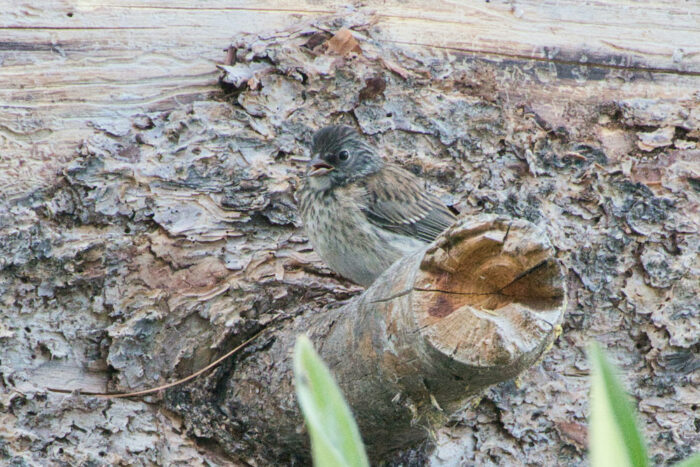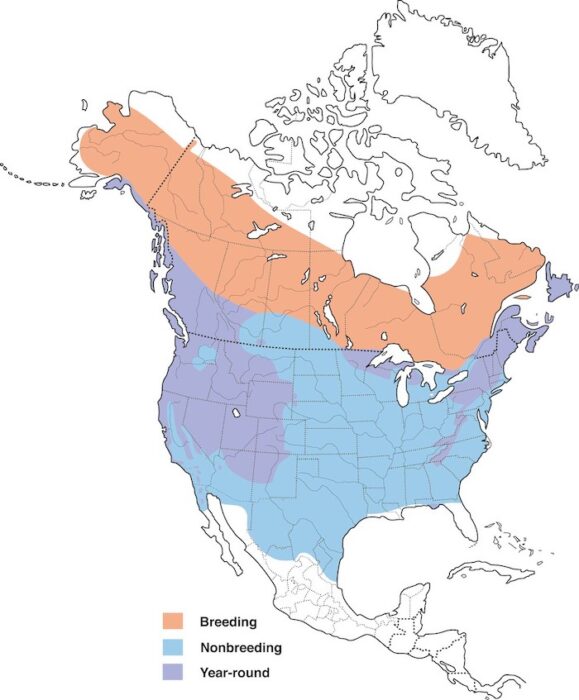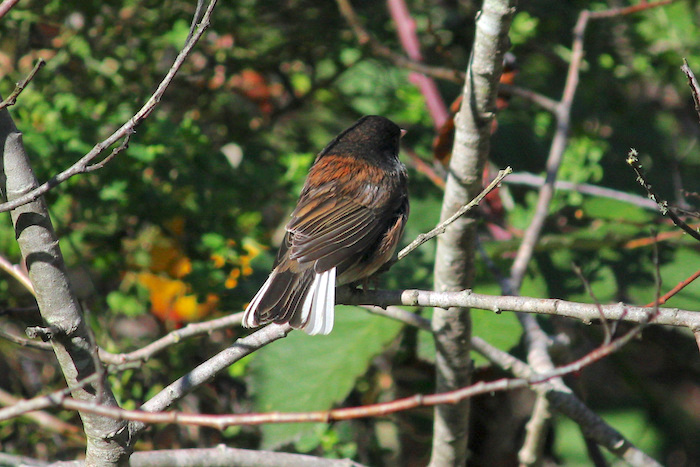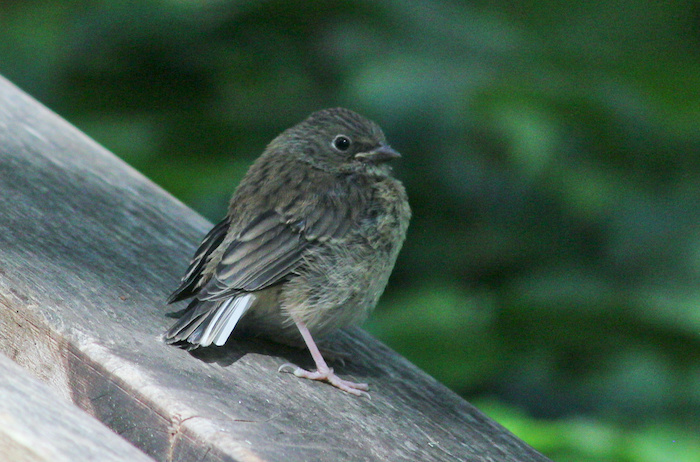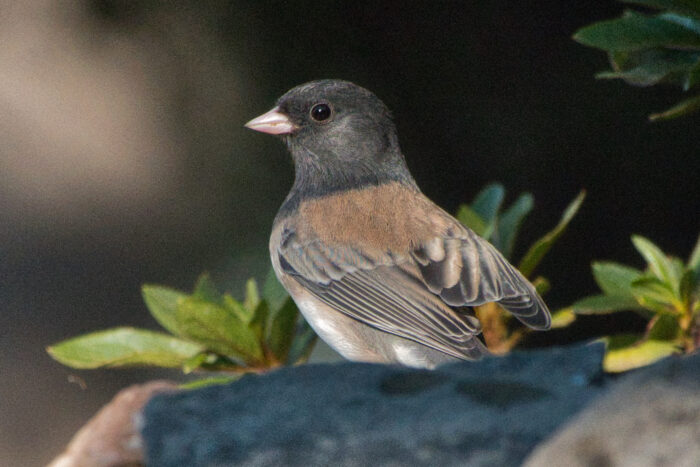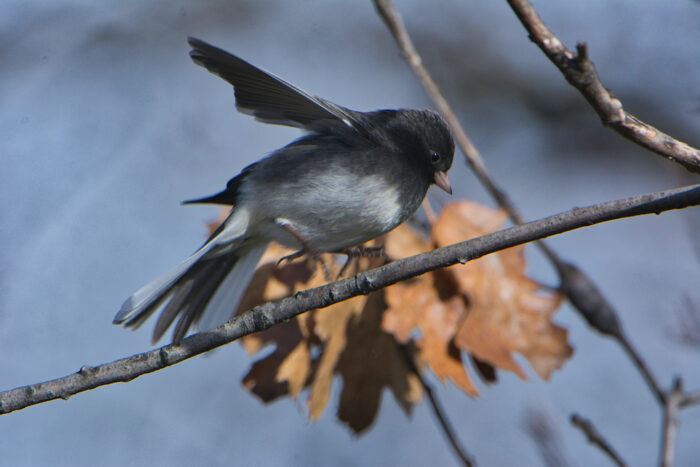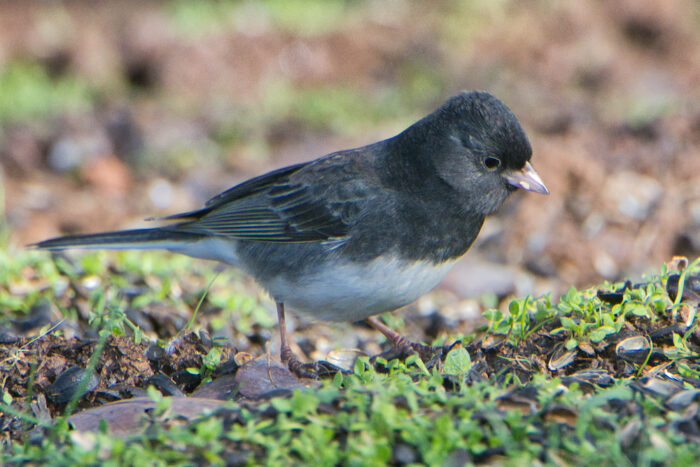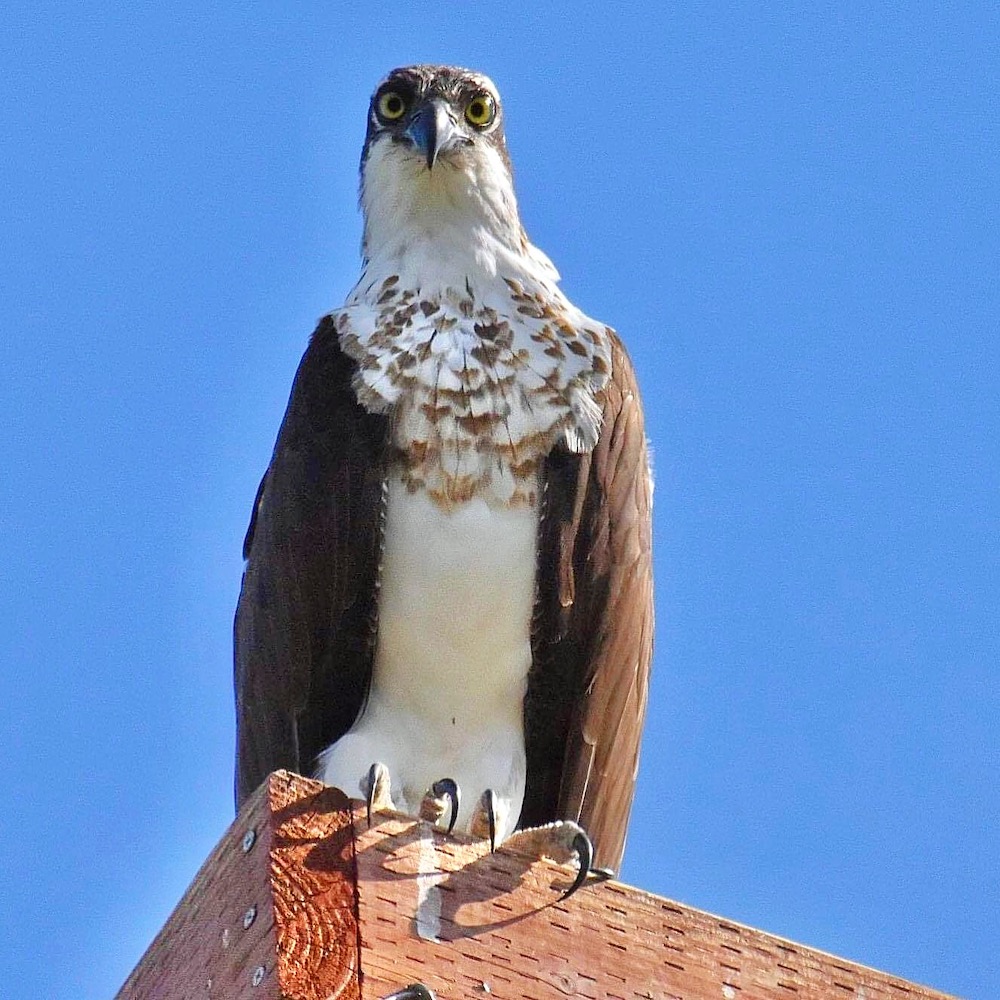
Please join us for our April evening program, local photographer Jane Dysert will share her love of Northern California wildlife by taking us on a virtual nature walk while sharing her knowledge of bird and animal behavior through lots of photos and fun facts. Learn what Jane takes on her walks, including her favorite ID books, the locations that she frequents, and some basic photography tips that anyone can use without taking a deep dive into the technical aspects. Dysert is a self-taught photographer who began while attending sporting events in which her daughter was participating. Now retired from a career in social work, she enjoys early morning walks with her camera four to five days a week. “These relaxing early morning sojourns bring me peace and definitely are good for my mental health.”
Shasta Birding Society is inviting you to a scheduled Zoom meeting.
Topic: A Virtual Wildlife Walk with Photographer Jane Dysert
Time: Apr 10, 2024 07:00 PM Pacific Time (US and Canada)
Join Zoom Meeting
https://us06web.zoom.us/j/
Meeting ID: 865 3862 4002
—
One tap mobile
+12532050468,,86538624002# US
+12532158782,,86538624002# US (Tacoma)
—
Dial by your location
• +1 253 205 0468 US
• +1 253 215 8782 US (Tacoma)
• +1 669 900 6833 US (San Jose)
• +1 719 359 4580 US
• +1 346 248 7799 US (Houston)
• +1 669 444 9171 US
• +1 386 347 5053 US
• +1 507 473 4847 US
• +1 564 217 2000 US
• +1 646 931 3860 US
• +1 689 278 1000 US
• +1 929 205 6099 US (New York)
• +1 301 715 8592 US (Washington DC)
• +1 305 224 1968 US
• +1 309 205 3325 US
• +1 312 626 6799 US (Chicago)
• +1 360 209 5623 US
Meeting ID: 865 3862 4002
Find your local number: https://us06web.zoom.us/u/

